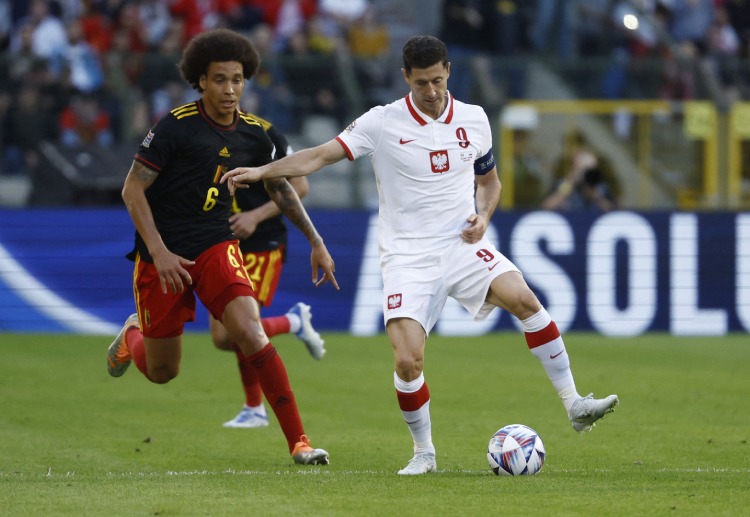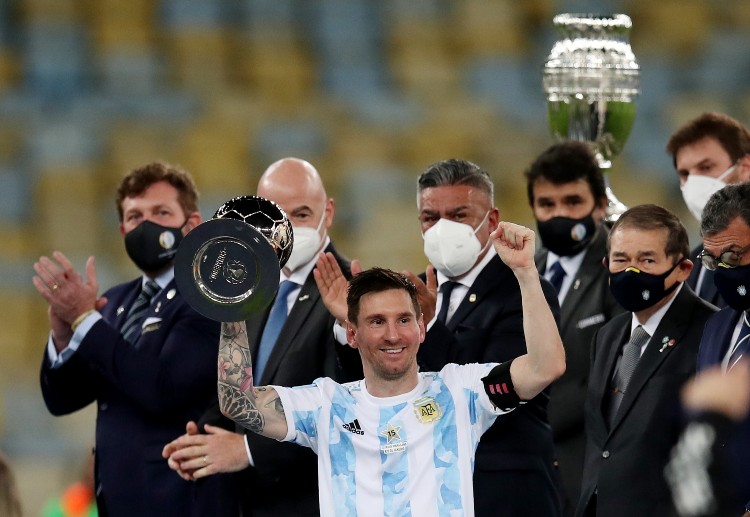The line-up for FIFA World Cup Qatar 2022 was confirmed last week.
As predicted on these very pages, Costa Rica secured their spot by seeing off the challenge of 10-man New Zealand.
Meanwhile, Australian football had its own Tim Krul moment as the period of spirited Peru punching above their weight came to an end.
Just as Dutch boss Louis van Gaal did at the 2014 World Cup quarter-finals when he brought on his back-up goalkeeper in the dying stages of extra-time against Costa Rica, Australia rolled the dice by bringing on third-choice goalkeeper Andrew Redmayne just before the penalty shootout as a goalless draw neared its dramatic conclusion.
So now we know the full list of all 32 nations and, while there will be many stars who will not grace the world’s finest stage in 2022, plenty will.
Of course, the reality of a first ever World Cup during the northern hemisphere’s winter has been known about for some time but is only now truly beginning to sink in.




I can still remember the day in late 2010 when it was announced the tournament had been awarded to Russia for 2018 and then Qatar four years later.
That was always going to mean significant upheaval to the domestic programme across Europe’s elite leagues, yet the reality appears to have dawned more since the fixture list for the 2022-23 English campaign was released five days ago.
For now we can see very clearly that there will be a six-week hiatus to top-flight club football from mid-November through to Boxing Day.
Meanwhile, the Championship will pause from the early part of November until the end of the group stage.
It is far from ideal that any club football is taking place during the tournament and it should not be allowed to happen again, yet the decision to award this tournament to this country at this time of the year was made in the Sep Blatter era and many will have their own views on that period in our game.
A period in which FIFA’s then chairman supported Qatar’s bid, although has since said the governing body may have made the wrong decision.
Incidentally, Mr Blatter is currently on trial in Switzerland for fraud, embezzlement and other corruption charges.
Whatever the reality, it is widely agreed the hosting of the tournament is controversial and, with memories of Manchester City’s title triumph and Nottingham Forest’s promotion via the play-offs still fresh, there is no question that a mid-season World Cup could well dictate the rhythm of the summer transfer window for some clubs.
The chance to sign a player who may not have to travel halfway round the world for up to a month will appeal to some; the chance to stay injury-free may well be on the minds of players, while the sports science departments at some clubs may have to rejig training plans to ensure players — plenty still feeling the effects of two relentless and draining campaigns — are ready.

In Group C, Argentina have been assured of their place at the showpiece since November, while Mexico, Poland and Saudi Arabia all qualified within six days of each other in March.
While the South American giants and Copa America holders, spearheaded by the brilliant Lionel Messi, have not been in action since June 5, the CONCACAF Nations League has taken the attention of Mexico until June 15 with five games in little over a fortnight. Whether that helped manager Gerard Martino focus his mind towards his final squad or hindered his preparations with yet more football is unclear!
Likewise, four games in a fortnight in the Nations League were surely something Poland wanted to avoid as players need sufficient time to recover from another non-stop campaign.
This SBOTOP observer is guessing at least Saudi Arabia played their friendly encounters at the start of the month out of choice, rather than necessity.
The need to secure top spot in Group C in November is clear and the World Cup betting odds make Argentina clear favourites.
Mexico probably have the edge over Poland too, although given that the second-place team from Group C may well face world champions France in the last 16, the onus on winning the group is clear.
The South Americans should have the edge because of their footballing ability but at least the temperatures should ensure there is no distinct advantage.
With the World Cup finals being held between November 21 and December 18, the temperature in Qatar should reach around 25C (77F).
Had the finals been held in June and July, as they normally are, the matches would have been played in temperatures exceeding 40C and possibly reaching 50C.
Qatar initially proposed that it would host the finals during the summer in air-conditioned enclosed stadiums, but the plan was rejected.
It will still be Argentina and Mexico to progress for me, although never rule out a nation whose attack is spearheaded by Robert Lewandowski.
●●●
CHECK OUT OUR BLOG FOR MORE FOOTBALL STORIES & ODDS
Stay updated with everything sports and betting.
Follow us on social Facebook, Twitter, Instagram and YouTube.













